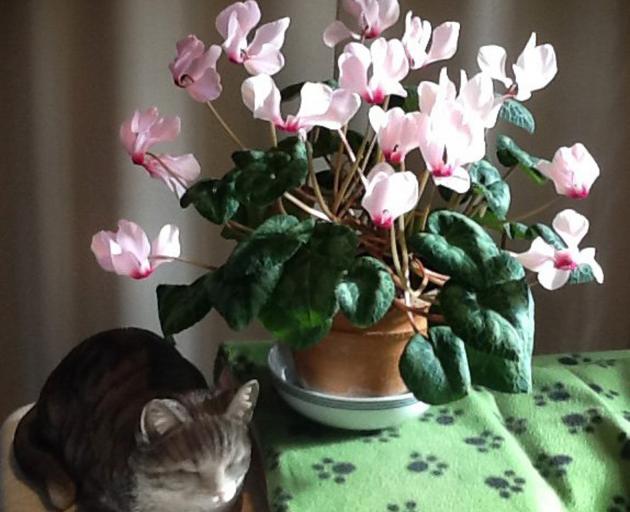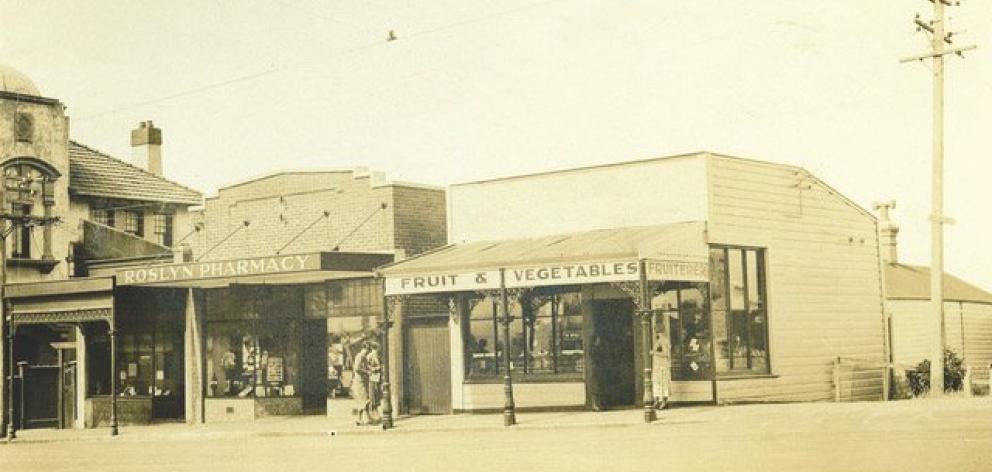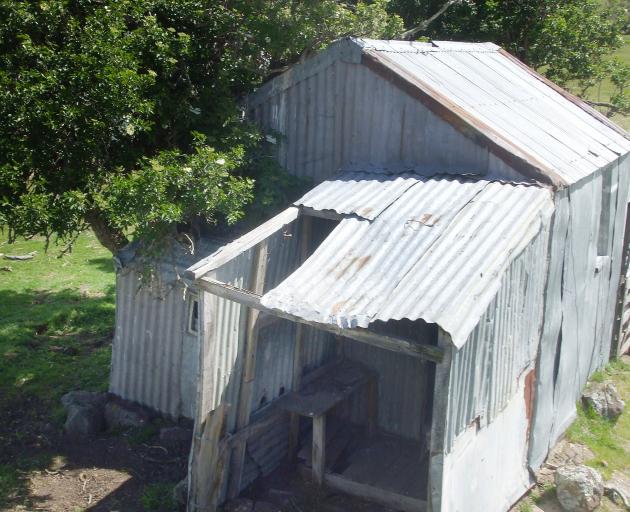
Toffee types

''Hi Paul. I've just opened my bag of Mackintosh's,'' Clarke Isaacs of Sunshine tells me.
''First toffee to come into my hand: Harrogate. Obviously still part of the offering!''
Thanks Clarke. Good to know - though my favourites remain the mint and egg-and-cream ones.
Stop staring
We have a winner in our ''which creature owns this eye'' competition from earlier in the week.
''The photo in your Tuesday column looks like the eye of a male blackbird,'' says Alister Young.
Spot on Alister. Well done. Sorry there's no prize, but if I come across a Harrogate toffee I'll set it aside for you.
September 4, 2010 quake
Thanks to those of you who have written in with your memories of the magnitude-7.1 Darfield earthquake eight years ago.
June Campbell of Oamaru recalls it vividly.

''We felt a very profound shaking which went on for what seemed a very long time. We thought we were near the epicentre - little did we realise [where that was] until our daughter texted from Christchurch that they were OK, but many were not.
''I tuned in to Radio Dunedin (live broadcasts all night then) and heard many had felt it in Dunedin too. Then of course on to TV. What a day.''
Alison and Mervyn Jones, of Balclutha, were in Christchurch for the September quake.
''We had flown in the night before to stay with our daughter who lived in the eastern suburbs.
''We were woken firstly by the noise - it sounded like a train approaching (more like a Boeing 747! - PG) - then all the shaking and crashing.
''We will never forget being in bed listening to the house being shifted off its piles (which we learnt later on, as the house was deemed uninhabitable), plus lots of crashing of household items going on.
''Once it lessened, my husband and son-in-law made a dash for our 18-month-old grandson's room. He was still sleeping soundly, oblivious to the chaos going on around him in his room.''
And that's a blessing.

Maurice Prendergast, of Mosgiel, has plenty to say on rabbits and efforts to exploit rabbit meat opportunities.
''In the late 1950s, the government devalued both the skins and carcasses, and forced the witless concept of Rabbit Boards upon us - for which the landowner was rated. This in the belief that the freelance rabbiter was 'farming' rabbits.
''The claim was that rabbiters were not rabbiting during the 'nesting' season, thereby guaranteeing a new crop of rabbits for a profitable future catch. They passed legislation that it was unlawful to sell a skin or a carcass.
''At that time, two of my older brothers secured the rights to 'rabbit' a run block between Macraes and Hyde. From that block, in the early '50s, they trapped 23,000 rabbits in one summer and poisoned (strychnine) 24,000 the following winter.
''I would often join them of a weekend and help 'fatting' and stretching the skins. Fatting? Yes, if the rabbits were in good condition, a lot of fat would have to be removed, because the skin beneath the fat would otherwise never dry and would turn to mould if packed with dried skins.
''The hut that we lived in - my first home (pictured) - has survived the rigours of time and a close look at the photo will show how the roof was anchored by slinging a length of No 8 wire across the roof with a substantial rock hanging from the wire on either side (no resource consent).
''We sold the rabbits to the fish and poultry shops in Dunedin. They were processed in the most unhygienic way, then taken by 'slow train' to Dunedin in the heat of the summer. Separately, those poisoned by strychnine were considered worthless and the carcasses dumped down old mining shafts.
''But there was a saviour at hand. A canning factory was set up in Ranfurly, and surprisingly they bought strychnine poisoned rabbits. I don't know where they marketed their product, but one would think it a bit dodgy to eat.
''That tin dwelling was our headquarters where we skinned, legged and gutted the rabbits (there was no water to wash the carcasses), then by horse and packbags we carted them about 1km to an ostensibly fly-proof roadside cage, from which the contractor (his name was Topham) would either take them to Hyde rail - for human consumption in Dunedin - or to Ranfurly, to be canned. Them were the days.''
Interesting comments, Maurice. We won't say anything about the small matter of the resource consent . . .
